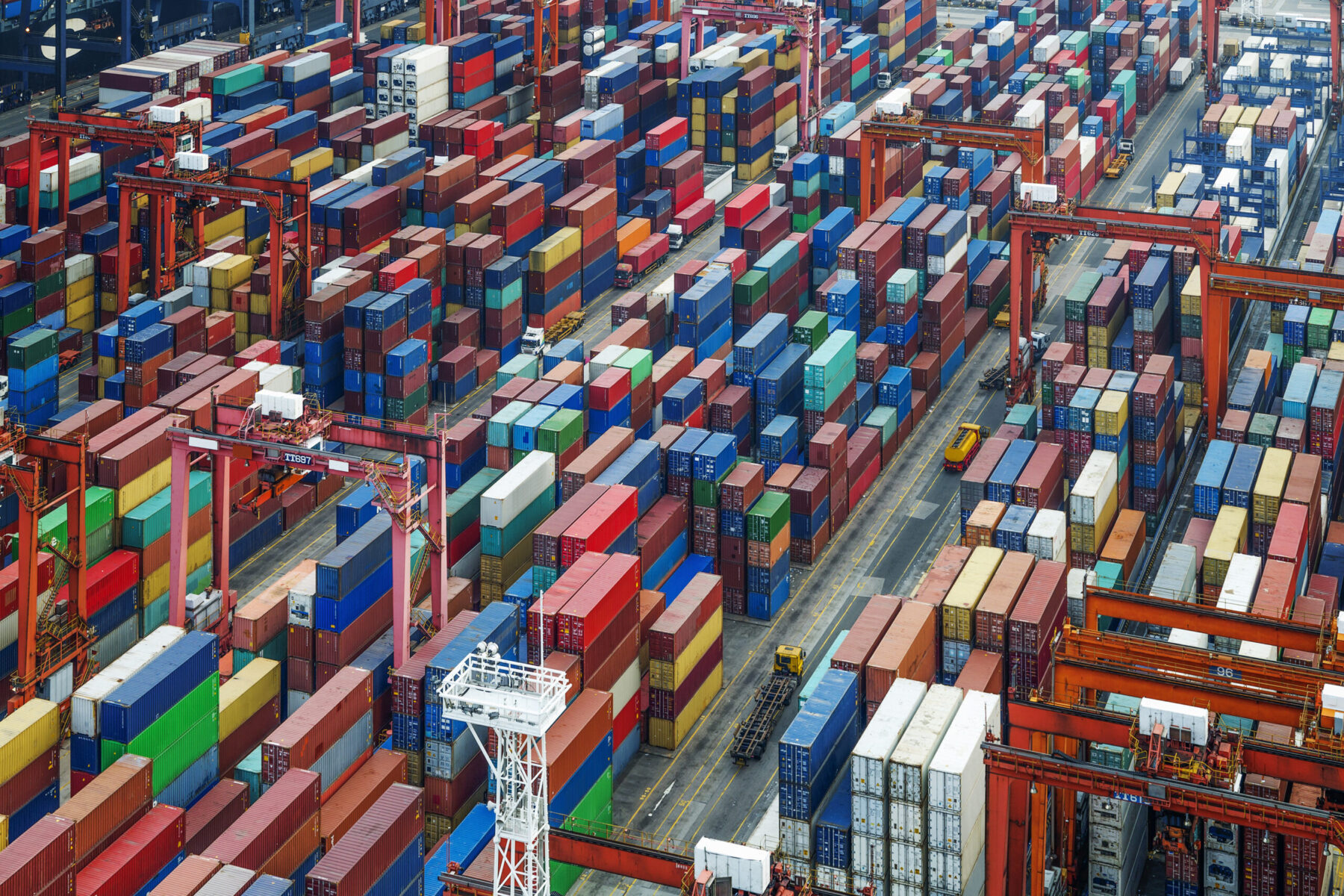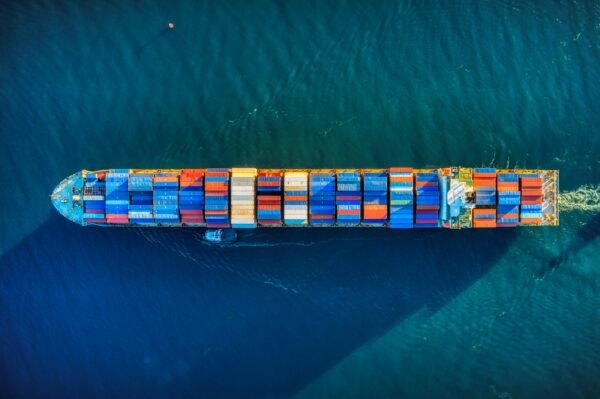Staying ahead of compliance in supply chain sustainability
Sep 28, 2023
Scroll to find out more
Sep 28, 2023
Scroll to find out more

As the impact of climate change becomes more evident in the world around us, the commercial landscape is adapting at pace. This is particularly true when it comes to the ever more aggressive actions from regulators which are putting new pressures on shippers and carriers.
As David de Picciotto, CEO, Pledge explains on our podcast Freight to the Point explains, “The burden of sustainability compliance is growing, making it paramount for businesses to remain informed.”
However, compliance can be easier said than done. After decades of globalisation, many business supply chains span across continents, with manufacturers, carriers and partners collaborating across vast distances. This makes the act of gathering, quantifying and improving emissions data highly complex, and potentially expensive. And with legislators turning an ever harsher eye on emissions, shippers need to find an effective way to keep up.
When it comes to environmental impact, supply chains are a key target for a reason – the movement of goods globally is a big emitter.
“Transportation as a whole, if you include passenger transportation, is responsible for about a fifth of global emissions.’ says David. “And if we look specifically at the freight side of things, it’s actually responsible for over 10% of global emissions.”
Regulators are approaching this challenge from multiple angles, including:
These rules are more than just tick boxes – they can have major consequences for your business.
The implications of failing to align with these sustainability regulations are significant. Beyond potential financial penalties, there’s a risk of damage to brand reputation, stakeholder trust erosion, and loss of competitive advantage when it comes to competitors attracting more investment, customers and attention.
The challenge will be balancing the short and long term considerations for compliance – updating systems to track and improve emissions can be expensive, especially for businesses with large unwieldy technology stacks and wide ranging networks. However, delaying could be a false economy.
Enforcement in these rules is likely to become more stringent over time. Greenwashing to an imaginary internal standard is unlikely to hold up to scrutiny., “Your methodologies need to be scientifically based as well, because at some point you’ll be audited… So making sure that you follow the right standards will be crucial,” says David.
While it’s easy to get caught up in the grand solutions for sustainability such as offsetting strategies, low-emission fuels or changing modes to less polluting methods, most businesses face a much more basic struggle – understanding their emissions in the first place.
For shippers running multiple trade lanes for a variety of SKUs, bringing together the insight to understand the impact of each can be a major undertaking. “At the core I think you need a very solid foundation based on data, otherwise you’re going to struggle…”. Says David.
To keep up with compliance obligations, businesses need the ability to track, measure and allocate their emissions on a shipment by shipment basis. This requires an integrated approach to supply chain management, combining data from internal systems, such as ERPs and transport management, as well as external data from carriers and manufacturers.
This may seem like a lot, but the upside to this transformation is that these systems can also be a game-changer for supply chain management as a whole, enabling shippers to track shipments, supplier performance and logistics efficiency at the same time.
But this requires the right technology and support.
Sencargo works with leading shippers all over the world to help them build more efficient, effective supply chains. From lead time reduction to emissions measurement, we ensure that brands have the data, tools and logistical support to achieve their goals.
Beyond simple compliance, we help businesses build strategies that deliver tangible results for their customers and bottom line. Key to this is our partnership with Pledge – a fully integrated emissions and reduction solution integrated with Zencargo’s supply chain management platform.
With this combined solution, shippers can take control of their sustainability strategy, including:
Working with a digital freight forwarder such as Zencargo enables efficient system transformation without having to purchase specific additional software to add on to your existing provider’s technology. Our integrated approach enables us to support you with the systems and tools you need to stay compliant, all while executing your logistics needs through our global network to minimise disruption.
To find out more about how Zencargo and Pledge can keep you ahead of the sustainable supply chain revolution, get in touch today.

To find out how you can take control of your supply chain costs and stay ahead...

To find out how you can navigate a path through uncertainty, book your free str...

To find out more about how Zencargo’s digital freight forwarding experts and te...